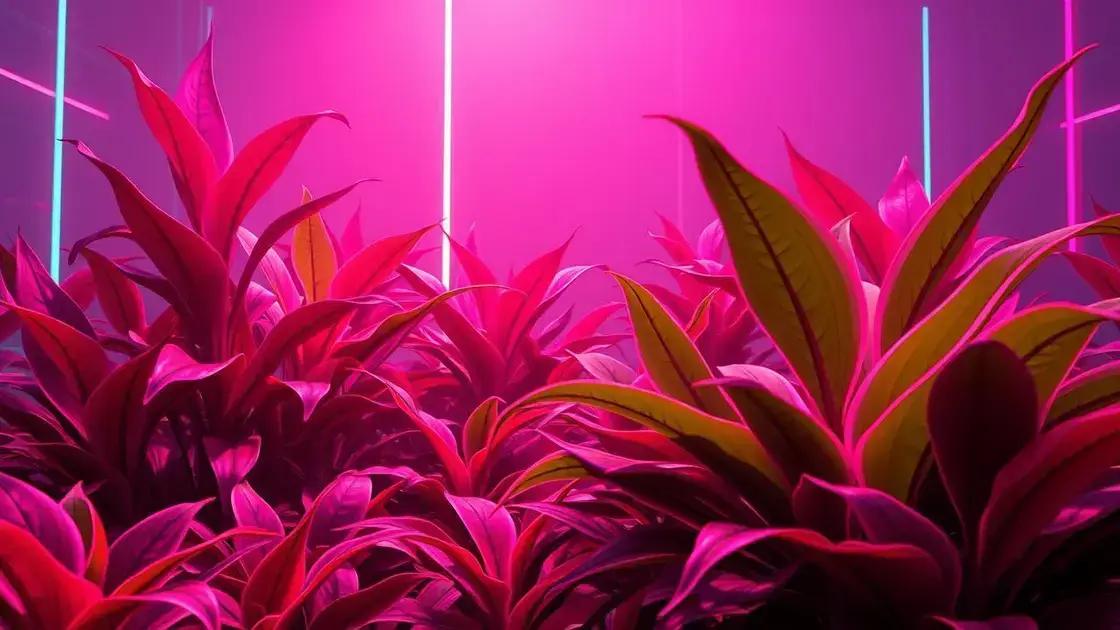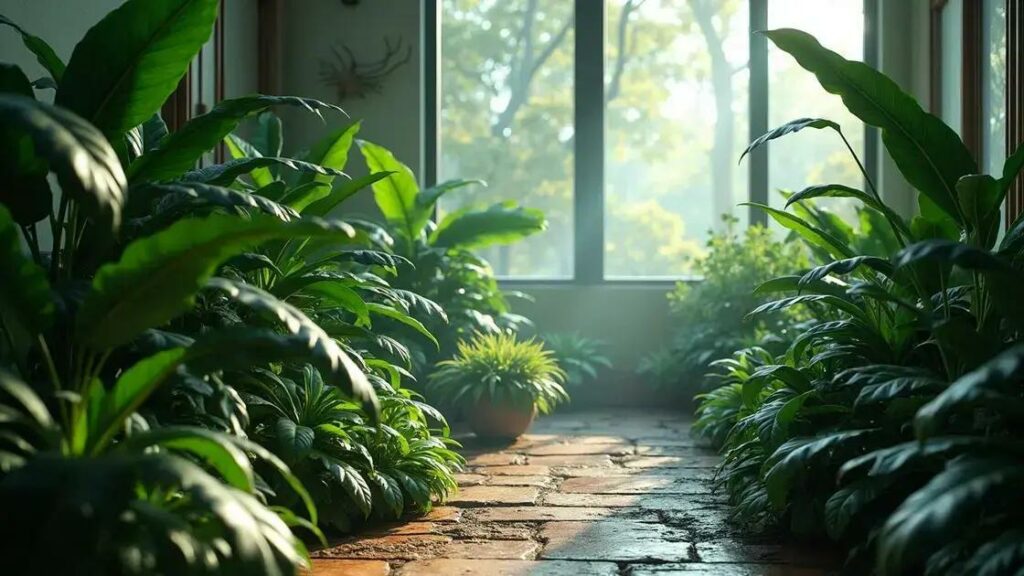How to care for a calathea plant indoors? If you’ve ever marveled at the striking patterns and colors of these indoor beauties, you’re not alone. Many enthusiasts are drawn to their vibrant foliage, but ensuring their happiness requires understanding a few key elements of their care. Let’s delve into essential strategies for nurturing your calathea plant effectively.
Table of Contents
ToggleUnderstanding calathea plant humidity needs
Understanding calathea plant humidity needs is essential for keeping your plant healthy and vibrant. Calatheas originate from tropical regions, which means they thrive in a humid environment. Without sufficient humidity, these plants can suffer, leading to issues such as brown leaf edges or curling leaves. Here’s how to ensure your calathea enjoys the right humidity levels.
Why humidity matters for calathea plants
Humidity plays a crucial role in the overall health of calathea plants. They require high humidity—ideally between 50% to 70%—for optimal growth. Here are some reasons why:
- Prevents leaf curling and browning.
- Encourages vibrant color patterns in leaves.
- Supports healthy transpiration processes.
Best methods for maintaining humidity
To meet the humidity needs of your calathea plant, consider the following methods:
- Keep your calathea in a humid environment. Grouping plants together can naturally increase humidity.
- Use a humidifier to maintain consistent moisture in the air.
- Try the water tray method by placing water near the plant. Be sure to add pebbles to avoid direct contact with the water.
- Regularly mist your plant using a spray bottle. Aim for humid mornings when the plant can absorb moisture before the sun heats up the room.
Signs your calathea needs more humidity
Watch for various indicators that your calathea is suffering from low humidity:
- Brown edges or tips on leaves
- Leaves curling inward
- Dropping leaves or stunted growth
Exploring indoor gardening techniques
For more tips on maintaining the right humidity and other factors for indoor plants, check out exploring indoor gardening techniques for great advice from fellow plant enthusiasts.
Conclusion
Maintaining the appropriate humidity is vital for the health of your calathea plants. By understanding their needs and implementing effective strategies, you can cultivate a thriving and beautiful indoor garden.
Optimal light requirements for calathea plants

Optimal light requirements for calathea plants are essential for their health and growth. These stunning indoor plants thrive in specific light conditions that mimic their natural rainforest habitat. Understanding the right balance of light will ensure your calathea flourishes beautifully.
Importance of light for calathea growth
Light is crucial for photosynthesis, which directly impacts the growth and vitality of calathea plants. Proper lighting ensures:
- Vibrant leaf colors and patterns.
- Healthy growth and development.
- Improved resistance to pests and diseases.
Ideal light conditions
Calatheas prefer indirect light. Here are some tips to achieve optimal lighting:
- Position your plant near a window with translucent curtains to filter direct sunlight.
- Avoid placing calatheas in low light, as this leads to leggy growth and dull leaves.
- Supplement with grow lights if natural light is insufficient, especially in winter months.
Signs your calathea needs adjustments
It’s important to monitor your calathea for signs of inadequate lighting:
- Leaves fading in color or becoming dull.
- Yellowing leaves indicating stress.
- Leggy stems reaching towards the light source.
Exploring indoor gardening techniques
For further guidance on maintaining optimal conditions for your plants, consider checking out exploring indoor gardening techniques for valuable insights from fellow plant lovers.
Conclusion
Providing the right amount of light is essential for healthy calathea plants. By understanding their light needs, you can create a thriving indoor garden.
Common calathea plant problems and solutions
Common calathea plant problems and solutions are critical for maintaining the health of your indoor plants. Despite their beauty, calatheas can be susceptible to various issues caused by their specific care requirements. Understanding these common challenges and their solutions will help you keep your plant vibrant and thriving.
Common issues faced by calathea plants
Many enthusiasts encounter the following problems:
- Brown leaf edges
- Curling leaves
- Dropping leaves
- Yellowing foliage
Identifying the causes
Addressing these problems requires knowing their causes:
- Brown leaf edges often indicate low humidity levels. Consider increasing humidity using a humidifier or misting.
- Curling leaves can result from inconsistent watering or inadequate light. Ensure even watering and indirect light placement.
- Dropping leaves may occur due to abrupt temperature changes or overwatering. Maintain stable environments and check your watering routine.
- Yellowing foliage is usually a sign of overwatering or nutrient deficiencies. Adjust your watering habits and consider fertilizer for nutrition.
Solutions to common problems
Here are effective solutions to keep your calathea healthy:
- Regularly check humidity and adjust as needed.
- Monitor light levels and reposition plants if necessary.
- Use a certified potting mix that ensures good drainage.
- Implement a consistent watering schedule and avoid letting the plant sit in water.
Exploring indoor gardening techniques
For valuable tips and insights from other plant enthusiasts, visit exploring indoor gardening techniques.
Conclusion
Recognizing and addressing common calathea plant problems can ensure a flourishing indoor garden. With the right care, you can enjoy the stunning beauty of your calathea for years to come.
In conclusion
Caring for calathea plants requires attention to their specific needs, including optimal humidity and light conditions, as well as being proactive in identifying and addressing common problems. By maintaining a humid environment, ensuring appropriate light placement, and recognizing signs of distress early on, you can create a thriving indoor space filled with these beautiful plants. For further tips on enhancing your indoor garden, visit tips on enhancing your indoor garden.

